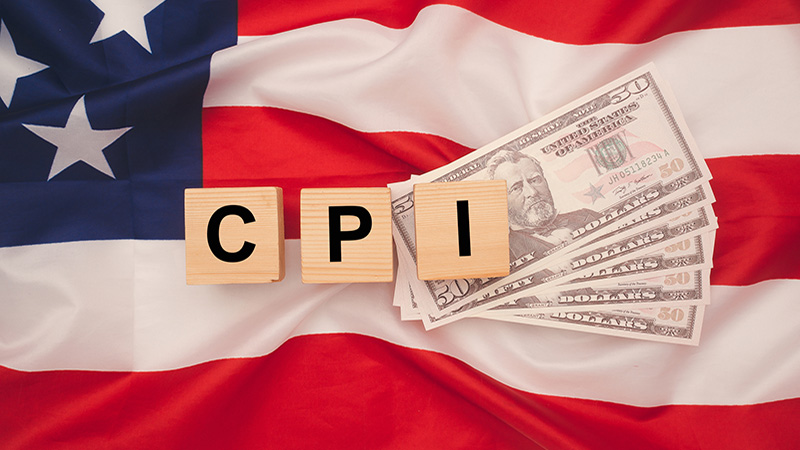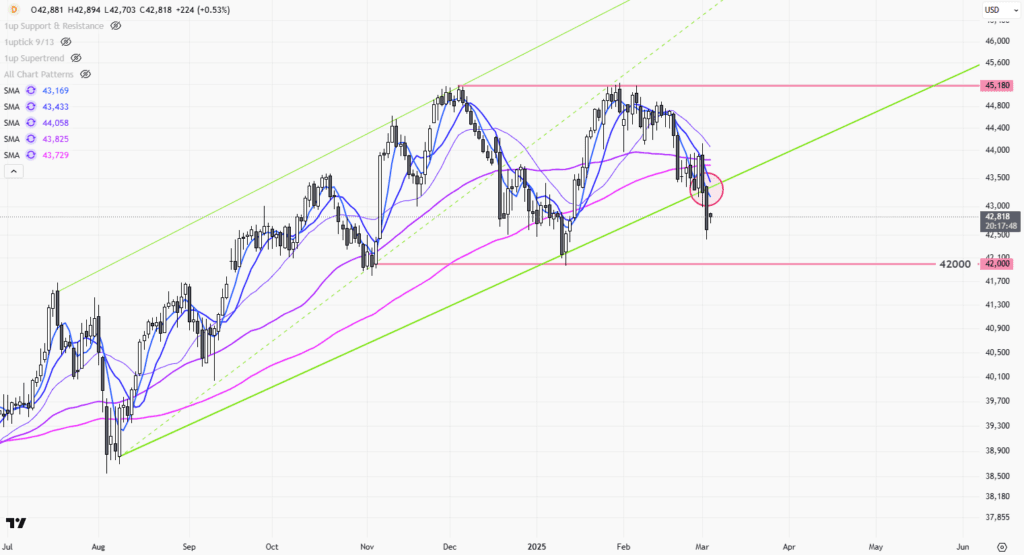 |
| Gold V.1.3.1 signal Telegram Channel (English) |

US Inflation Falls to 2.3% in April, Lowest in 3 Years — Investors Watch Fed Policy and US-China Trade Trends
2025-05-14 @ 12:08
📉 U.S. Inflation Eases, but the Road Ahead Remains Uncertain
The latest U.S. Consumer Price Index (CPI) data points to continued cooling in inflation. Annual CPI growth slowed to 2.3% in April 2025—its lowest level since early 2021 and below market expectations. This softer inflation print has reignited debate around the Fed’s next move, especially as the Trump administration recently paused some tariffs on Chinese goods, adding complexity to the current policy landscape.
Breaking down the numbers:
– Monthly CPI rose 0.2%, slightly under the forecasted 0.3%.
– Housing costs continued to rise, up 0.3%, reflecting persistent supply-demand imbalances in the real estate market.
– Energy prices climbed 0.7%, led by natural gas and electricity, despite lower gasoline prices.
– Food prices showed a noteworthy split: dining out rose 0.4%, while grocery prices fell 0.4%, suggesting a shift in household consumption patterns.
Core CPI, which excludes food and energy, remained steady at 2.8% year-over-year. Healthcare costs are still increasing—services were up 0.6%, including noticeable hikes in doctor visits and prescription drugs. Auto insurance and education expenses also pushed higher. On the flipside, airfares and used car prices fell, helping offset some inflationary pressure.
Despite these signs of moderation, the Fed held its benchmark rate steady at 4.25%–4.5% during its most recent meeting, emphasizing a wait-and-see approach on inflation and labor dynamics. Following the CPI release, yields on both 10-year and 2-year Treasury notes declined, signaling that markets may be anticipating future rate cuts—though the timeline remains unclear.
Markets responded calmly. The S&P 500 edged up 0.07%, the Nasdaq gained 0.28% on tech strength, while the Dow dipped slightly due to uncertainty surrounding healthcare earnings. Meanwhile, the U.S. dollar weakened to 101.53, reflecting investor caution. The euro gained ground, while the yen was mixed. In energy, WTI crude held above $78 per barrel, supported by geopolitical tensions.
One key wild card: the recently announced temporary tariff relief between the U.S. and China. Tariffs on select Chinese imports were cut from 145% to 30%, while China reduced its tariffs on American goods to 10%. This move sparked a surge in logistics and import demand, pushing international freight rates up more than 10% in a single week. While this could help blunt short-term inflation, analysts warn that some companies have already rerouted trade via Southeast Asia to dodge tariffs. Without a broader deal in the 90-day window, tariffs may return—with inflationary consequences for Q3.
On the labor front, April’s data showed the U.S. added 175,000 jobs, and unemployment held steady at 3.9%. However, wages grew 4.1% year-over-year, indicating ongoing pressure on labor costs. Rising consumer credit delinquencies are also starting to flash warning signs about underlying economic stress.
Fed Chair Jerome Powell has reiterated the central bank’s commitment to data-driven decision-making and remains noncommittal on the timing of rate cuts. One open question: if inflation continues to ease, does the Fed revise its view of the “neutral” rate? With elections approaching, potential shifts in fiscal and regulatory policy add to the growing list of unknowns.
Bottom line: Investors should watch the coming months closely. Inflation is cooling, but the outlook remains clouded by policy risks and structural challenges. Navigating this environment calls for patience, sharp analysis, and flexibility.






